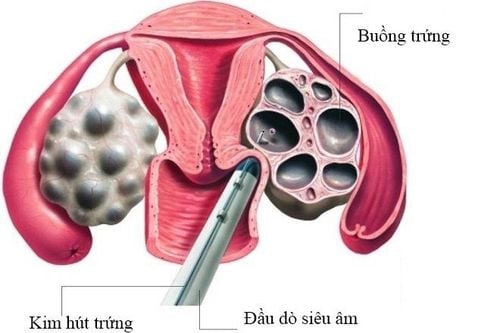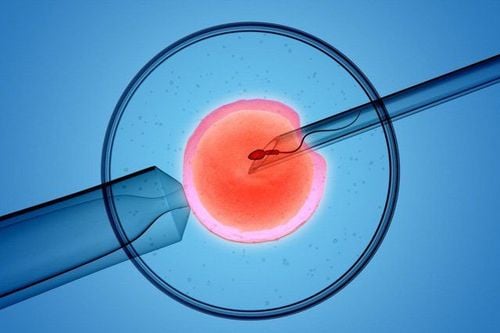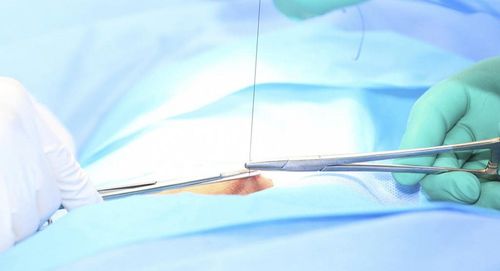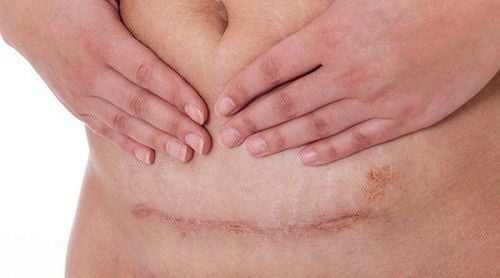This is an automatically translated article.
The article is professionally consulted by MSc, BS. Nguyen Ngoc Chien, Reproductive Support Center - Vinmec Times City International General Hospital.Most IVF centers explain in great detail what happens during the entire process from the start of IVF through to egg retrieval, with little emphasis on the later stages. How long does it take to transfer embryos during egg aspiration or from the time of embryo transfer to the time of the first pregnancy test? Meanwhile, this is the most stressful stage in IVF, determining the success or failure of the entire process.
1. What happens after egg retrieval?
After the egg retrieval is done, the woman will be able to go home to rest. The next day, you can go back to your normal activities and can also contact the fertility center to find out how many eggs have been removed and are of good quality.These eggs will be fertilized with pre-collected sperm. Not all eggs are fertile. The expectation is that at least 60-80% of mature eggs will be fertilized in an artificial medium, although the actual rate will depend on many factors, such as the woman's age (fertilization rate will vary). decrease with age), male infertility factor (abnormal sperm will have a lower ability to fertilize, so it requires doctors to assist in injecting sperm into the egg)...
The fertilized egg will divide cells rapidly, forming embryos with an exponentially increasing number of cells. These embryos are incubated in culture medium, waiting to be transferred to the uterus.

2. How long does it take to transfer embryos after egg aspiration?
The eggs collected through ultrasound aspiration will be fertilized, forming an embryo and will be transferred to the uterus for implantation, starting the pregnancy phase.The selected time for embryo transfer is usually day 3 (during mitotic phase) or day 5 (during blastocyst stage) after fertilization
Most of the IVF centers now choose to nurture embryos that come before the decision to implant is in the blastocyst stage. However, in women with a small number of eggs and poor quality embryos, the time of embryo transfer should be decided earlier, i.e. at the cleavage stage on the 2nd or 3rd day after fertilization, in order to Early embryos have better access to a nurturing environment than an artificial environment.
Even so, regardless of the time when the embryo transfer is done, the woman and her family members are explained in detail by the doctor and there is a consensus and a clear understanding of the benefits and risks from time to time. In addition, from the day of egg retrieval to the day of embryo transfer, women need to use hormones to prepare the endometrial layer, creating the best conditions for embryos to implant.

3. How does embryo transfer work?
Similar to oocyte retrieval, embryo transfer is also a less invasive procedure, but still needs to take place in the sterile rooms of IVF centers. The number of embryos to be transferred will depend on the number of embryos obtained, the quality of each embryo as well as the specific characteristics of each couple and will be communicated to the woman.In contrast to egg retrieval, which is usually performed under sedation, most women undergo embryo transfer without pain relief or anesthesia. This is because the procedure is very quick and almost painless.
When the woman is positioned correctly on the examination table, a speculum is inserted into the vagina, just like a routine gynecological exam. The vagina and cervix are then rinsed with sterile saline at room temperature to clear the mucus. Next, the doctor will place the embryo in the uterus. This process is also done with the help of an abdominal transducer ultrasound machine, to ensure that each embryo in turn is transferred to the correct position.
Once all the embryos have been successfully inserted into the uterus, the woman will rest for a few minutes before standing up. After this procedure, the patient will rest at the center for 1-2 hours, after returning home, all activities will be carried out normally.
In short, after 3 to 5 days of egg retrieval, the woman will have an embryo transfer. Compared with egg aspiration, embryo transfer procedure is somewhat gentler, less painful. However, this is another milestone that determines the success of in vitro fertilization. Accordingly, a woman needs to have a suitable convalescence regime to help the embryo implant and develop in order to receive good news in the first pregnancy test.
Master doctor. Nguyen Ngoc Chien has been trained as well as certified by many famous medical universities in the country and the world. With many years of experience in the field of obstetrics and gynecology, she is currently working at the Reproductive Center of Vinmec Times City International Hospital.
Please dial HOTLINE for more information or register for an appointment HERE. Download MyVinmec app to make appointments faster and to manage your bookings easily.
Reference source: mayoclinic.org













